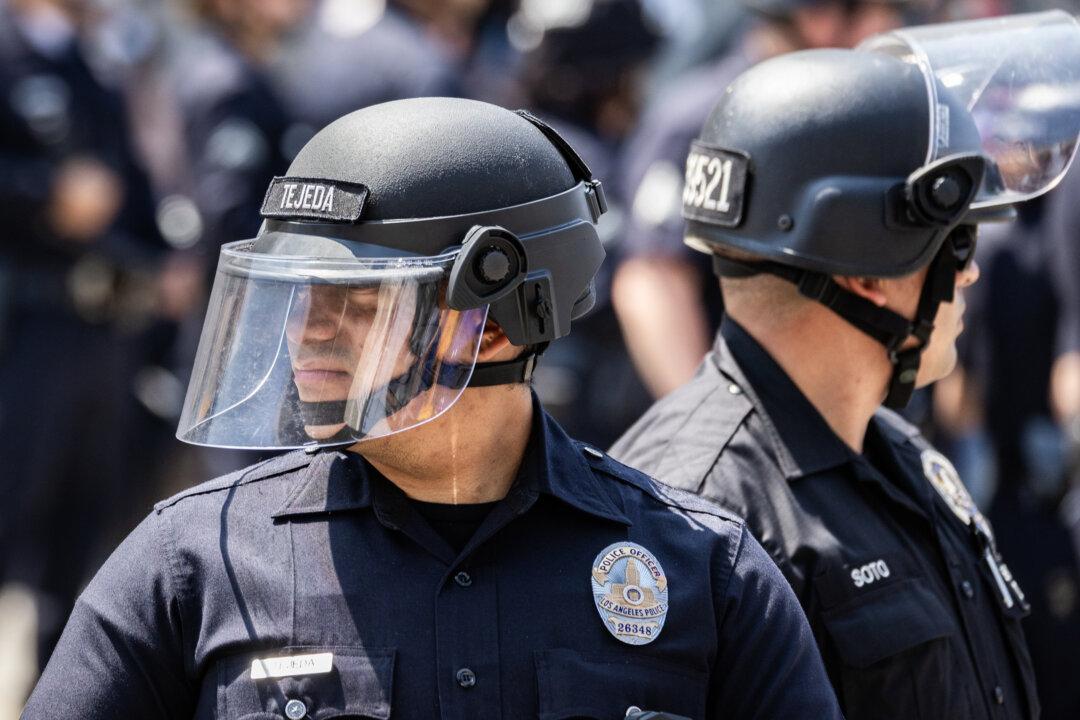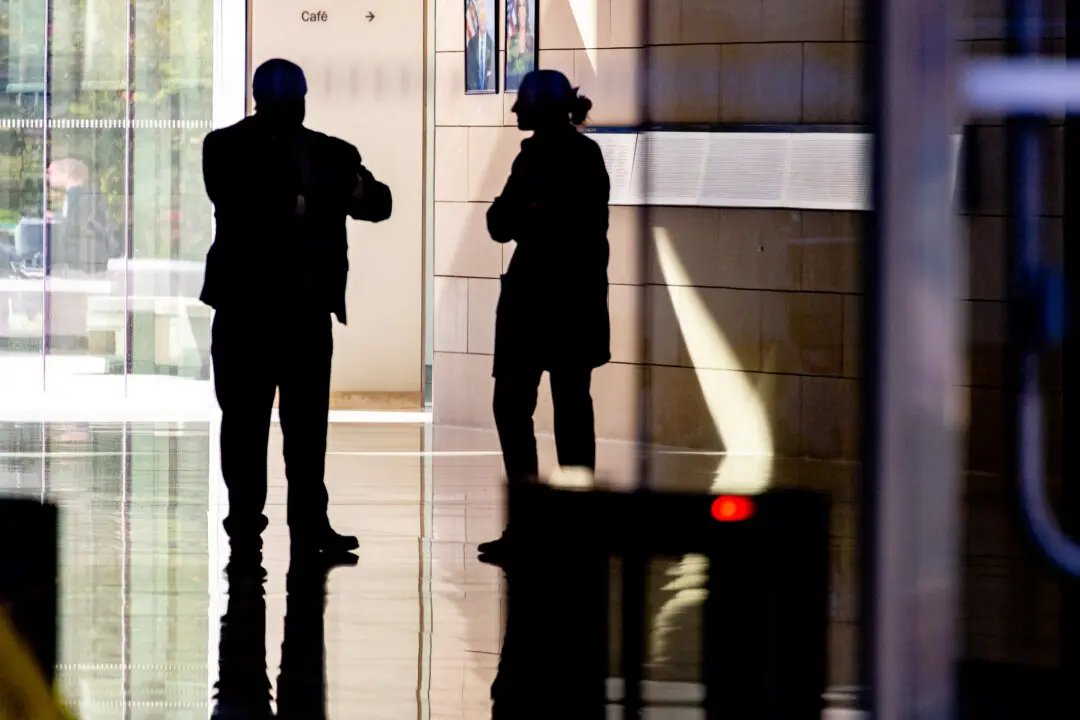SANTA ANA (CNS)—Orange County supervisors voted May 12 to reopen parking lots at county parks and approved a plan to boost COVID-19 testing according to state guidelines.
Supervisor Don Wagner made the motion to reopen the parking lots for the parks, effective May 16. But parking lots for beaches will remain closed. Parks themselves have never been closed during the COVID-19 pandemic.





